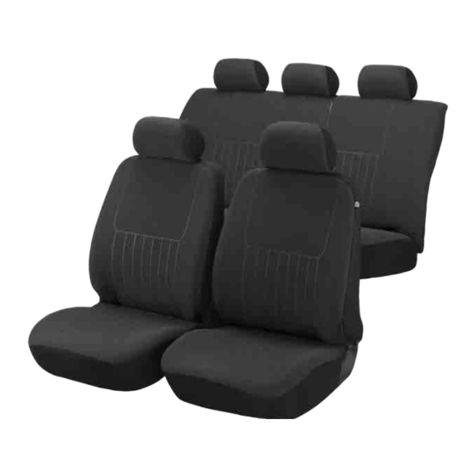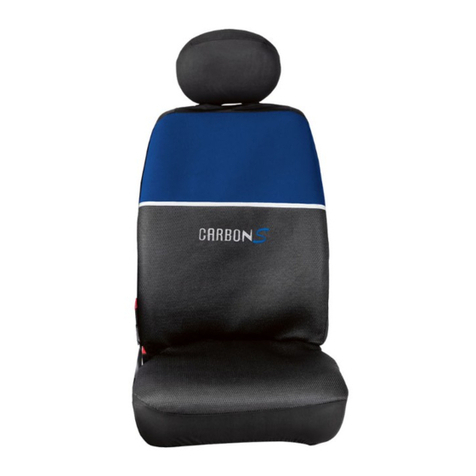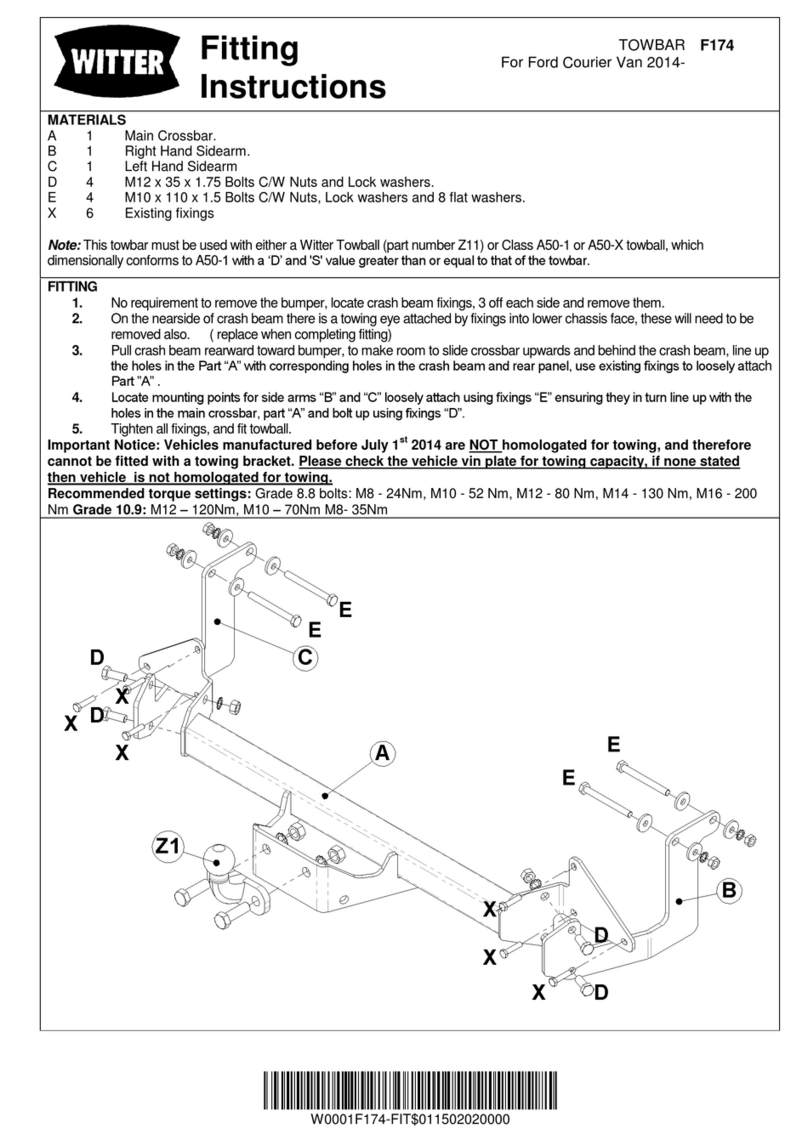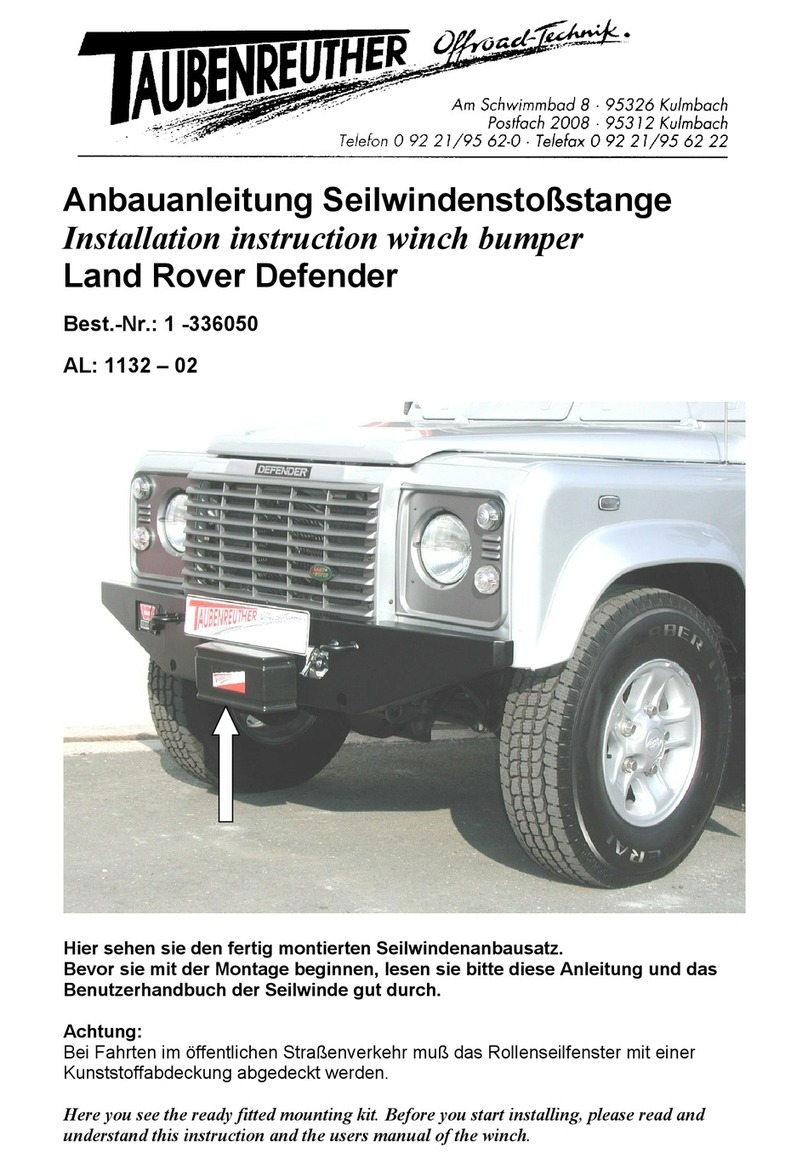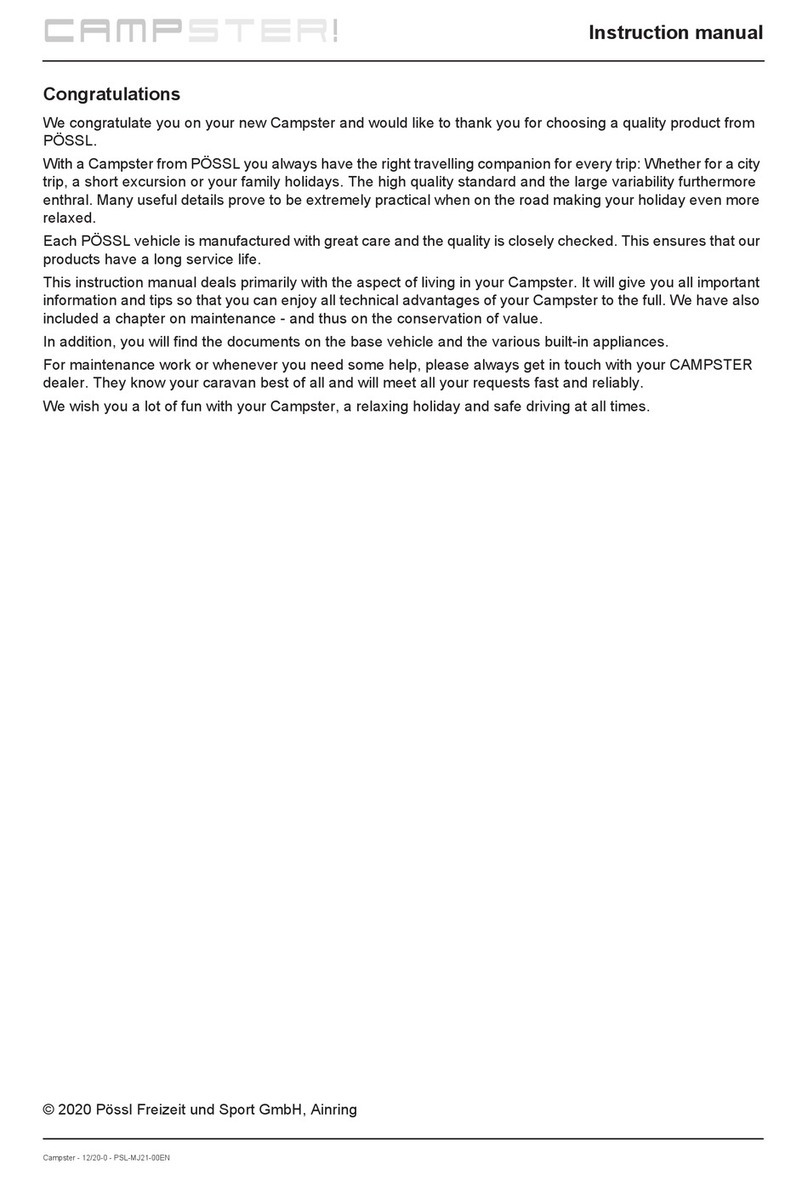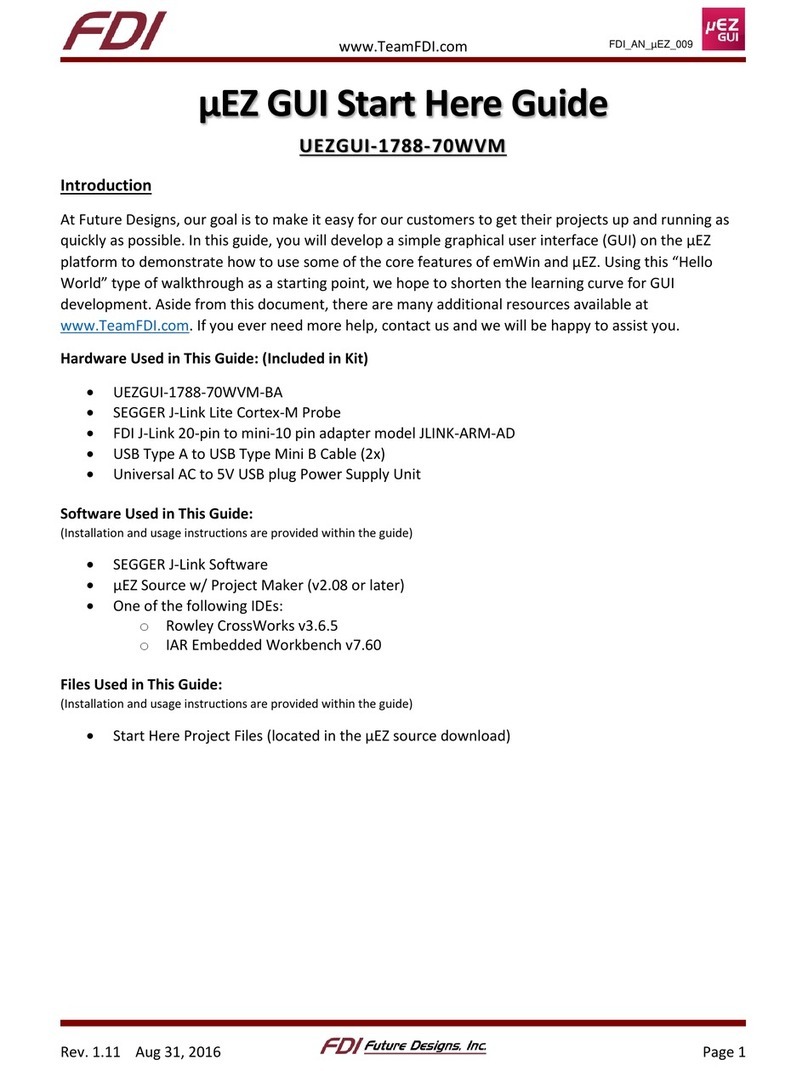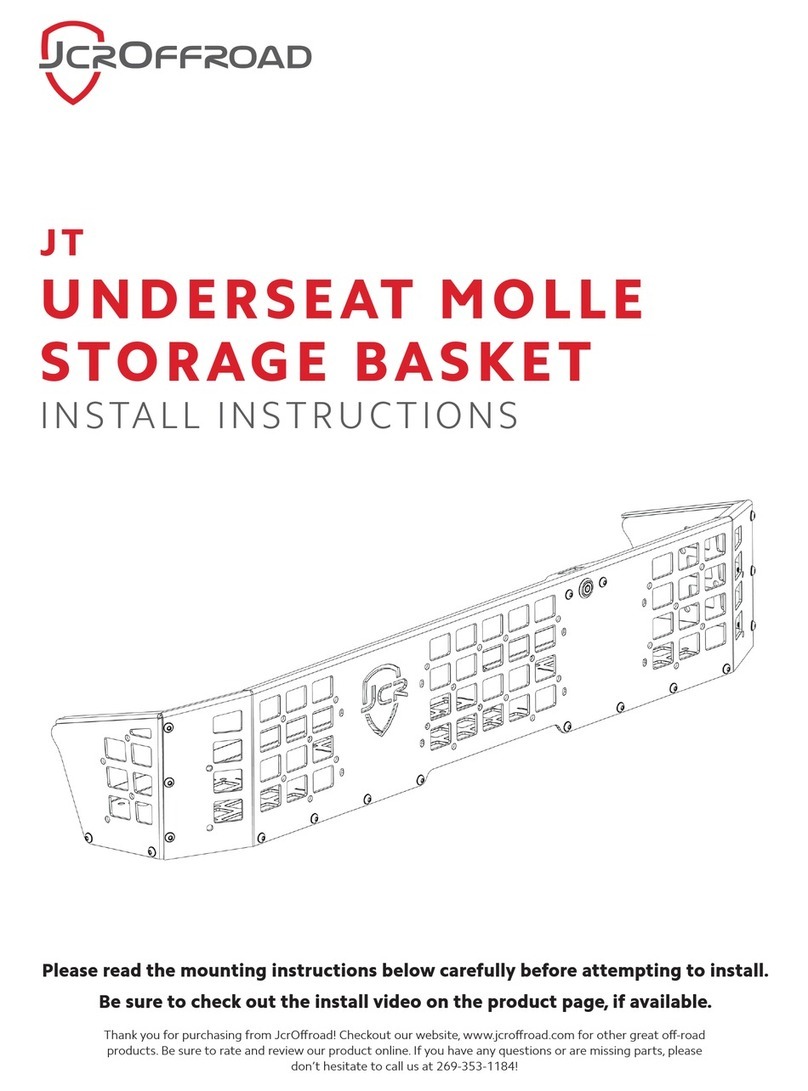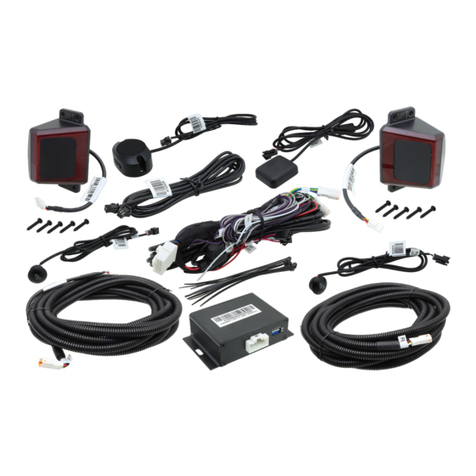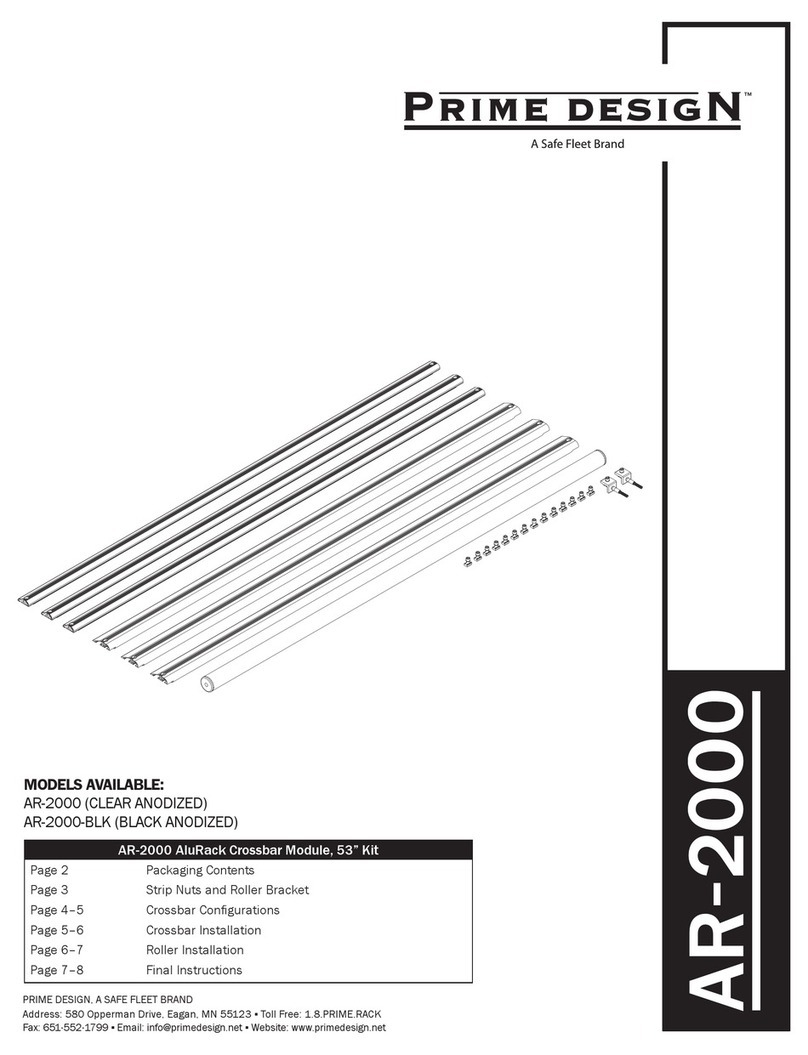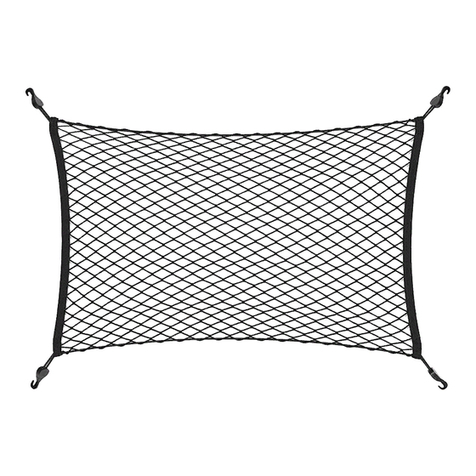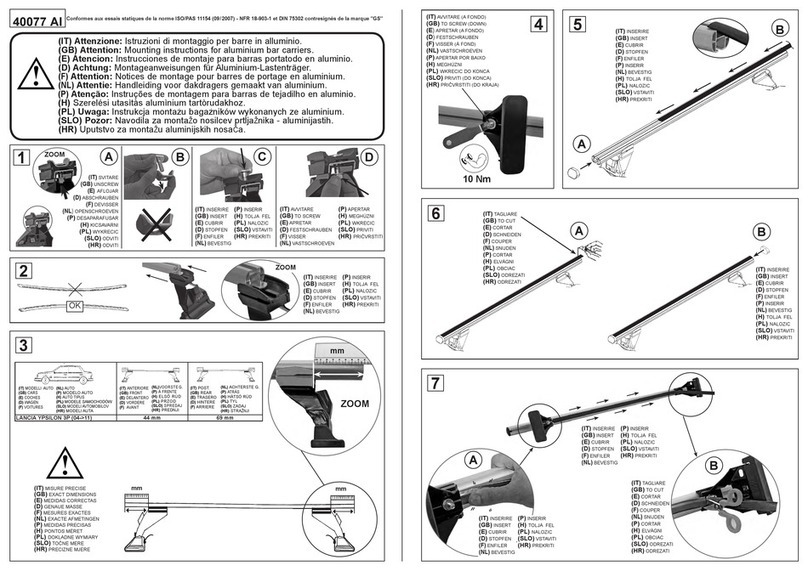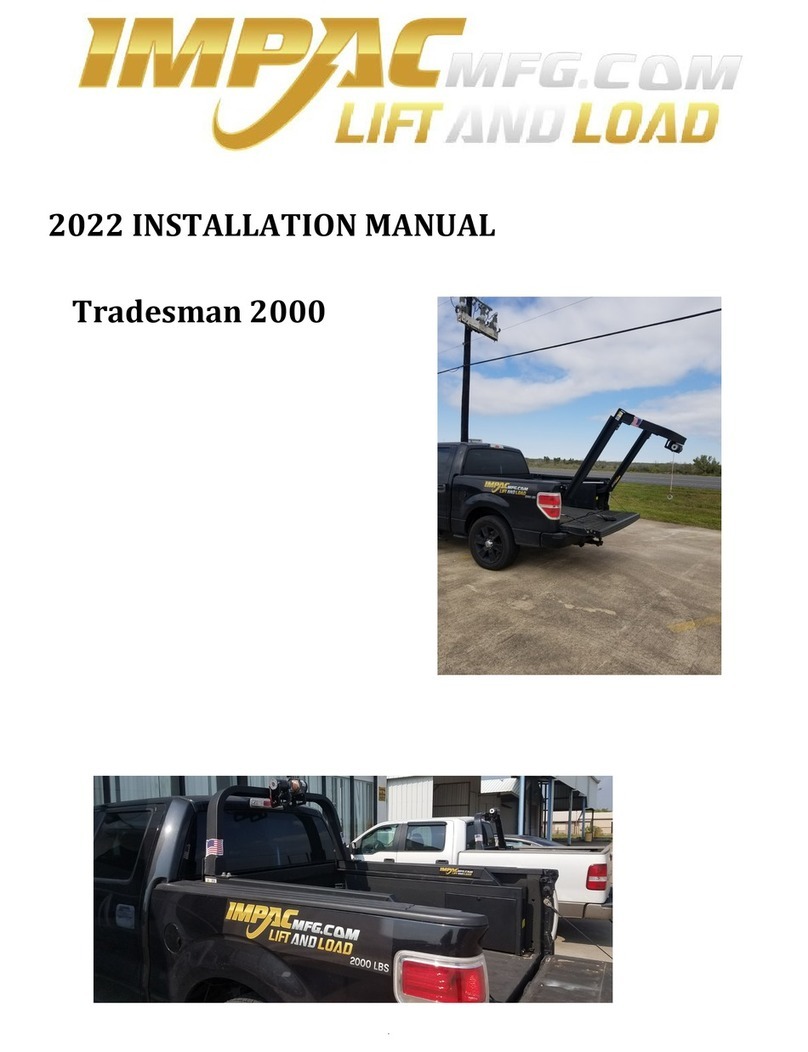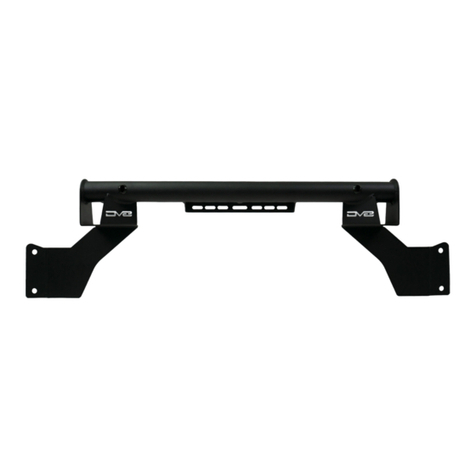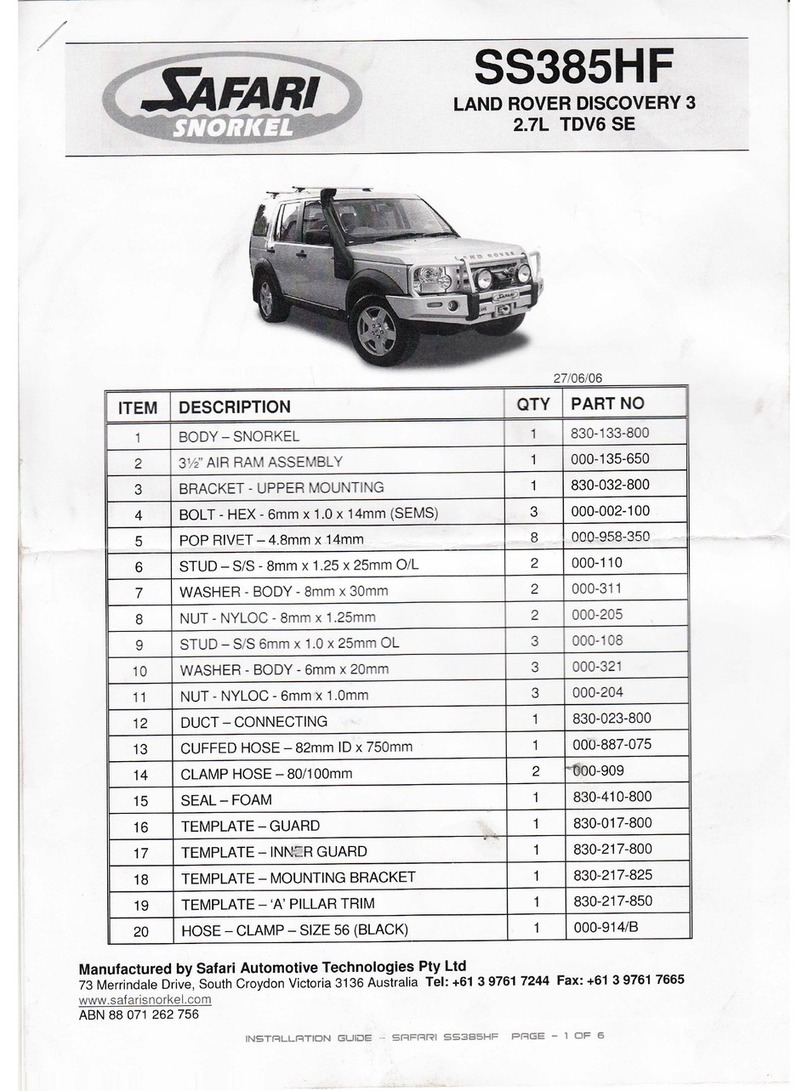
3Vanster - 08/21-0 - PSL-MJ21-00EN
1Records. . . . . . . . . . . . . . . . . . . . . . . 5
1.1 Vehicle document . . . . . . . . . . . . . . . . . 5
1.2 Warranty . . . . . . . . . . . . . . . . . . . . . . . . 5
1.3 Inspection plan . . . . . . . . . . . . . . . . . . . 6
1.4 Inspection records. . . . . . . . . . . . . . . . . 7
1.5 Inspection certificates for electrical ins-
pection. . . . . . . . . . . . . . . . . . . . . . . . . . 8
2 Introduction. . . . . . . . . . . . . . . . . . . 9
2.1 General . . . . . . . . . . . . . . . . . . . . . . . . . 9
2.2 Environmental tips. . . . . . . . . . . . . . . . 11
3 Safety . . . . . . . . . . . . . . . . . . . . . . . . 12
3.1 Fire prevention . . . . . . . . . . . . . . . . . . 12
3.1.1 Avoidance of fire risks . . . . . . . . . . . . . 12
3.1.2 Fire-fighting . . . . . . . . . . . . . . . . . . . . . 12
3.1.3 In case of fire. . . . . . . . . . . . . . . . . . . . 12
3.2 General . . . . . . . . . . . . . . . . . . . . . . . . 12
3.3 Road safety . . . . . . . . . . . . . . . . . . . . . 13
3.4 Towing. . . . . . . . . . . . . . . . . . . . . . . . . 14
3.5 Electrical system . . . . . . . . . . . . . . . . . 14
3.6 Water system . . . . . . . . . . . . . . . . . . . 14
4 Before the journey . . . . . . . . . . . 15
4.1 Payload . . . . . . . . . . . . . . . . . . . . . . . . 15
4.1.1 Terms . . . . . . . . . . . . . . . . . . . . . . . . . 15
4.1.2 Calculating the payload. . . . . . . . . . . . 16
4.1.3 Loading the vehicle correctly. . . . . . . . 17
4.1.4 Roof load (50 kg). . . . . . . . . . . . . . . . . 17
4.2 Road safety . . . . . . . . . . . . . . . . . . . . . 17
5 During the journey . . . . . . . . . . . 19
5.1 Driving with the VANSTER . . . . . . . . . 19
5.2 Driving speed . . . . . . . . . . . . . . . . . . . 19
5.3 Seat belts . . . . . . . . . . . . . . . . . . . . . . 19
5.3.1 Using the seat belt correctly . . . . . . . . 20
5.4 Driver's seat and front passenger's seat.
20
5.5 Operation of heater and cooker . . . . . 20
6 VANSTER setting up . . . . . . . . . 21
6.1 Handbrake. . . . . . . . . . . . . . . . . . . . . . 21
6.2 230 V connection . . . . . . . . . . . . . . . . 21
7Living. . . . . . . . . . . . . . . . . . . . . . . . 22
7.1 Flap for 230 V connection, square . . . 22
7.2 Heating and cooling . . . . . . . . . . . . . . 22
7.3 Sliding door . . . . . . . . . . . . . . . . . . . . . 23
7.4 Rotating the seats . . . . . . . . . . . . . . . . 24
7.5 Gooseneck lamp . . . . . . . . . . . . . . . . . 25
7.6 Pop-up roof . . . . . . . . . . . . . . . . . . . . . 25
7.6.1 Opening the pop-up roof . . . . . . . . . . . 26
7.6.2 Using the sleeping area . . . . . . . . . . . 27
7.6.3 Closing the pop-up roof. . . . . . . . . . . . 27
7.7 Campbox (special equipment) . . . . . . 29
7.7.1 Removing and installing the flushing
module . . . . . . . . . . . . . . . . . . . . . . . . 29
7.7.2 Kitchen unit power supply . . . . . . . . . . 30
7.7.3 Setting up the 2-burner cooker . . . . . . 31
7.7.4 Disassembling/installing the Campbox 32
7.7.5 Induction hob . . . . . . . . . . . . . . . . . . . . 33
7.8 Setting up the bed couch for Campbox
Sleep (optional) . . . . . . . . . . . . . . . . . . 34
7.9 Setting up the table . . . . . . . . . . . . . . . 35
8 Electrical system . . . . . . . . . . . . . 36
8.1 General safety instructions . . . . . . . . . 36
8.2 12 V power supply . . . . . . . . . . . . . . . . 36
8.2.1 E-pack battery (special equipment) . . . 36
8.3 Fuses . . . . . . . . . . . . . . . . . . . . . . . . . . 37
8.3.1 Main fuses 12 V . . . . . . . . . . . . . . . . . . 37
8.3.2 12 V fuses . . . . . . . . . . . . . . . . . . . . . . 38
8.3.3 230 V fuses . . . . . . . . . . . . . . . . . . . . . 39
9 Appliances . . . . . . . . . . . . . . . . . . . 40
9.1 General . . . . . . . . . . . . . . . . . . . . . . . . 40
9.2 Diesel independent vehicle heater (spe-
cial equipment) . . . . . . . . . . . . . . . . . . 40
9.3 Diesel independent vehicle heater opera-
ting panel . . . . . . . . . . . . . . . . . . . . . . . 41
9.4 Induction hob . . . . . . . . . . . . . . . . . . . . 42
10 Sanitary fittings . . . . . . . . . . . . . . 43
10.1 Water supply, general . . . . . . . . . . . . . 43
10.2 Water canister . . . . . . . . . . . . . . . . . . . 43
10.3 Waste water canister . . . . . . . . . . . . . . 44
10.4 Water system. . . . . . . . . . . . . . . . . . . . 45
11 Care . . . . . . . . . . . . . . . . . . . . . . . . . . 46
11.1 External care . . . . . . . . . . . . . . . . . . . . 46
11.1.1 Washing with a high-pressure cleaner. 46
11.1.2 Washing the vehicle. . . . . . . . . . . . . . . 46
11.2 Interior care . . . . . . . . . . . . . . . . . . . . . 46
11.3 Instructions for care of the pop-up roof 47
11.4 Winter care . . . . . . . . . . . . . . . . . . . . . 48
11.4.1 Winter operation . . . . . . . . . . . . . . . . . 48
11.5 Lay-up . . . . . . . . . . . . . . . . . . . . . . . . . 48
11.5.1 Temporary lay-up. . . . . . . . . . . . . . . . . 48
11.5.2 Winter lay-up . . . . . . . . . . . . . . . . . . . . 49
11.5.3 Starting up the vehicle after a temporary
lay-up or after lay-up over winter . . . . 50
12 Maintenance. . . . . . . . . . . . . . . . . . 51
12.1 Official inspections. . . . . . . . . . . . . . . . 51
12.2 Inspection work . . . . . . . . . . . . . . . . . . 51
12.3 Maintenance work . . . . . . . . . . . . . . . . 51
12.3.1 General . . . . . . . . . . . . . . . . . . . . . . . . 51
12.3.2 Maintenance work at the pop-up roof . 51
12.4 Spare parts . . . . . . . . . . . . . . . . . . . . . 52
12.5 Vehicle identification plate . . . . . . . . . . 53
12.6 Warning and information stickers . . . . 53
12.7 Changing tyres. . . . . . . . . . . . . . . . . . . 53
